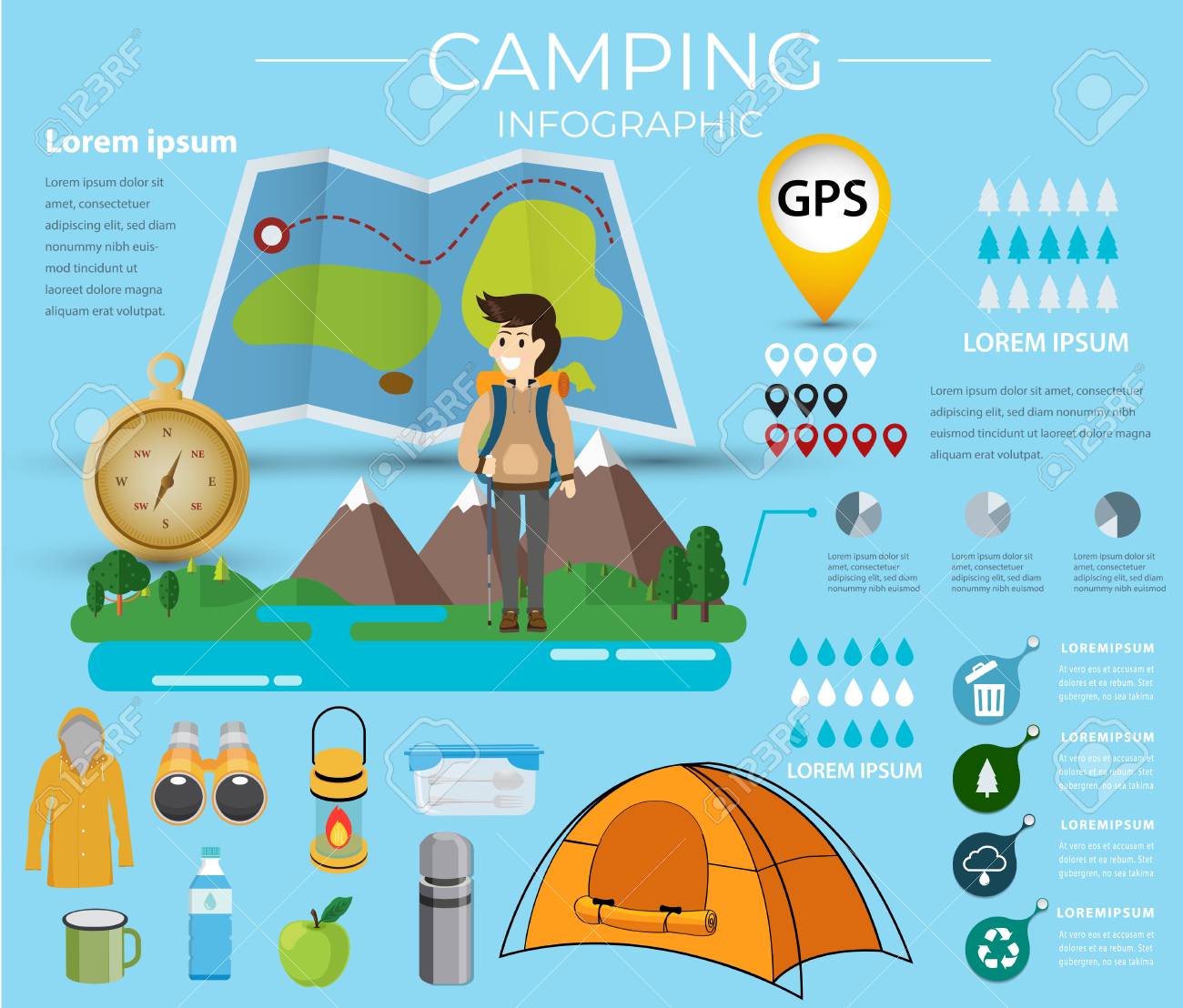Rainfall flies are an essential accessory for wall camping tents. They boost the capacity of a tent to safeguard campers from extreme weather while supplying included convenience and resilience.
Regular cleansing of a rain fly maintains mud, mildew, and particles from destroying it. Likewise, ensuring the appropriate tension of a rainfly avoids it from sagging and enabling water to accumulate beneath.
Climate Resistant Materials
The product used in building projects can impact the longevity and sturdiness of the project. Selecting weather-resistant products helps reduce upkeep costs and saves sources for future repair work and substitute.
Timber may not be the initial material that comes to mind when reviewing weather resistance, however it is highly resilient when effectively treated with preservatives. Cedar, redwood, and teak wood are instances of naturally rot-resistant woods made use of to make a variety of outside furnishings and structures.
High-performance canvas wall outdoors tents are designed to withstand dampness and keep campers comfy. It is important to clean canvas and camping tents regularly to eliminate dust, mud, and dirt. It is also necessary to rinse any residue from the canvas outdoor tents before keeping it away for usage. Avoid utilizing bleach, as it damages the water-resistance therapy and makes the tent much more prone to leak. Conversely, a soft brush and a hose can be utilized to completely scrub the canvas outdoor tents and rinse it off with water up until it is completely filled.
UV Direct exposure
Unless a tent is made from UV-resistant material, long term direct exposure to sunlight will cause it to break down. This holds true of all textiles, but it's particularly noticable for outdoors tents and canvas frameworks because of how much they're used in outside settings. UV radiation can trigger dyes to break down, causing a loss of shade vibrancy.
A rainfly shields wall camping tents from these damaging UV rays by mirroring them before they can permeate the structure and reach your skin. It is essential to select a rainfly with a UPF score of 50 or higher to get optimal UV protection.
A rainfly also assists control the temperature inside a camping tent depending upon the period. A lighter rainfly can keep camping tents from taking in way too much warmth in the summer season, while a heavier rain fly can help avoid warmth from running away the outdoor tents throughout colder months. In either situation, these additional layers of insulation can considerably extend a tent's life expectancy.
Wetness Damage
Canvas tents are fairly durable and can last 15-30 years with diligent treatment, yet also the most high-performance canvas is not impervious to downpours. A rain fly or fly sheet includes a layer of security for the roofing of your canvas camping tent and aids protect against moisture damages.
Condensation, mold and mildew, and mold are not just unattractive, however they can also destroy the architectural honesty of your canvas outdoor tents. Protecting against these problems is easy, but it requires thorough treatment and interest to detail.
Make it a habit to evaluate your outdoor tents in the morning and remove any all-natural condensation, dew, or snow that has actually collected externally. Afterward, be sure to spread your camping tent out in an open location and use a soft brush to scrub away any mold and mold that has created. As soon as you have actually removed the impacted areas, re-treat the camping tent with a mold killer remedy and rinse it thoroughly to prevent any future infestations.
Wetness Build-up
While normal, condensation can damage products if left uncontrolled. Fortunately, proactive methods like wiping surfaces and airing out tents lessen condensation' impact.
Outdoor tents material, environment problems and use patterns contribute to condensation degrees. Sailcloth, for example, stands up to water vapor evaporation and tends to display beaded droplets more readily than polyester or nylon choices. Recognizing this distinction educates exactly how outdoor tents proprietors manage condensation.
Occupant's exhaled breath and damp apparel and tools spike moisture degrees. A lack of air flow strategies enables moisture to condense when cozy interior air fulfills cooler surface area temperatures. This cycle enhances on damp evenings or when a tent is placed in low spots. Checking and wiping camping tent surface areas quickly after cooling down motivates moisture to disperse prior to damaging materials or forming mold and mildew. Local airflow, such as directing a follower towards seams, more help the process. Identifying one of the hunting most vulnerable areas of an outdoor tents, like high ridges and corners, aids campers simplify their dampness administration routines.
